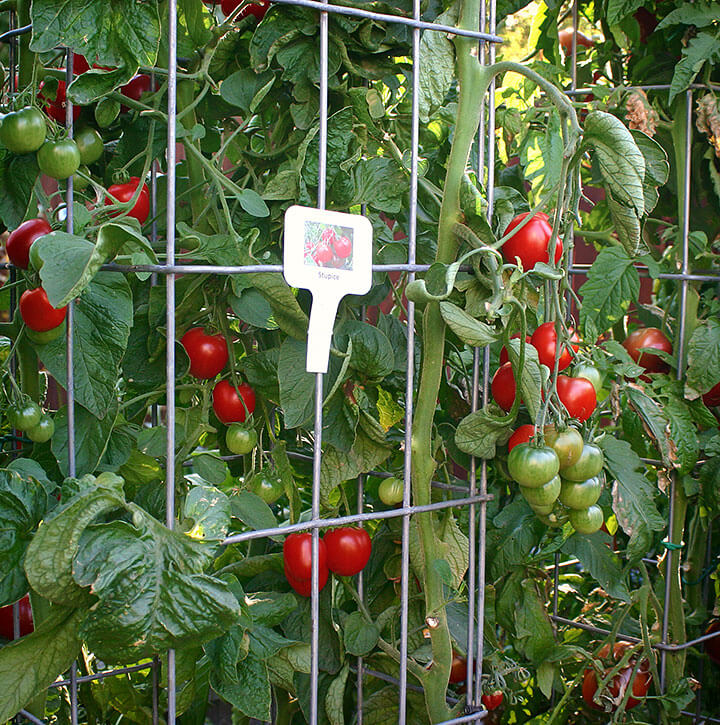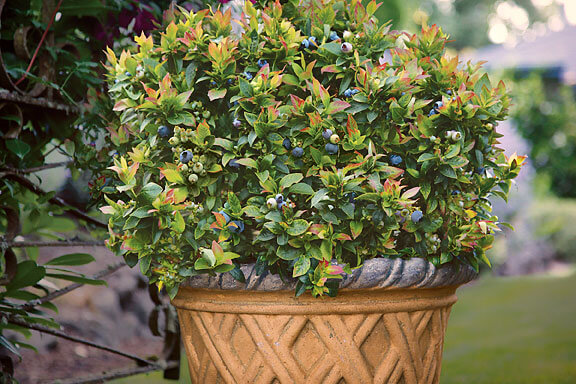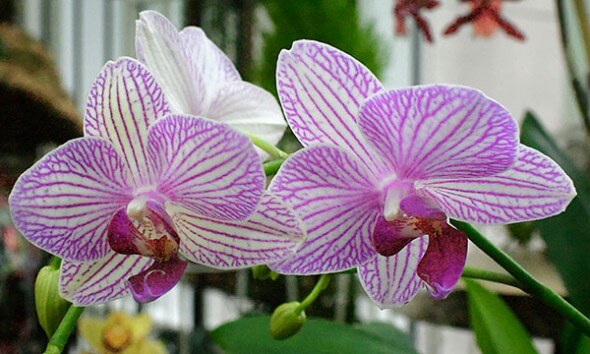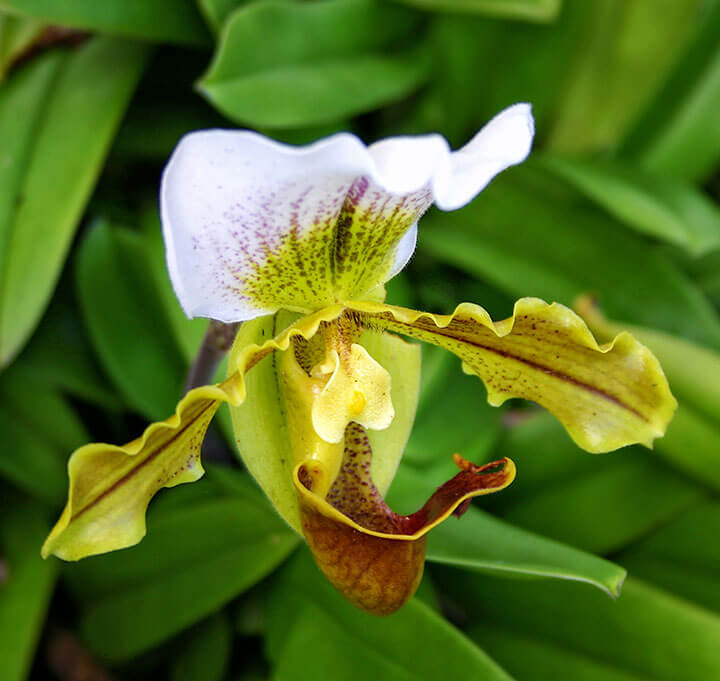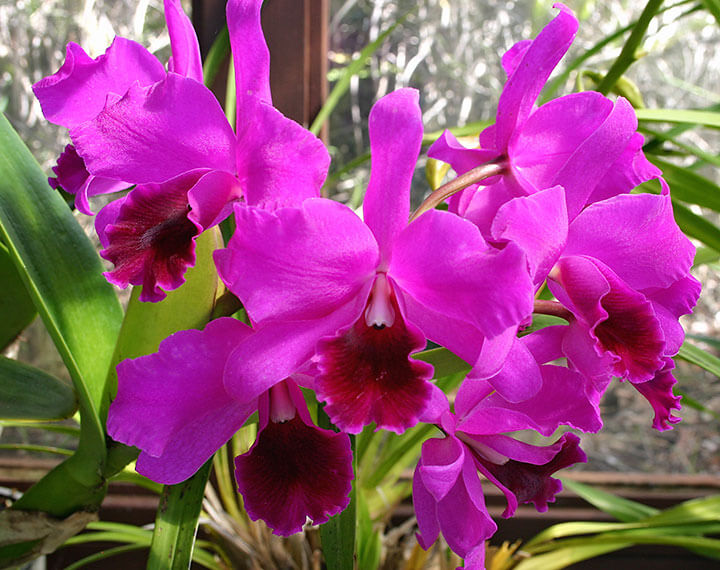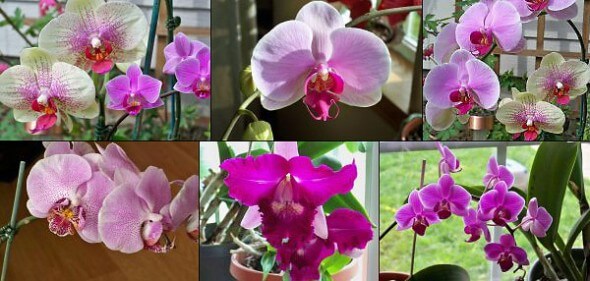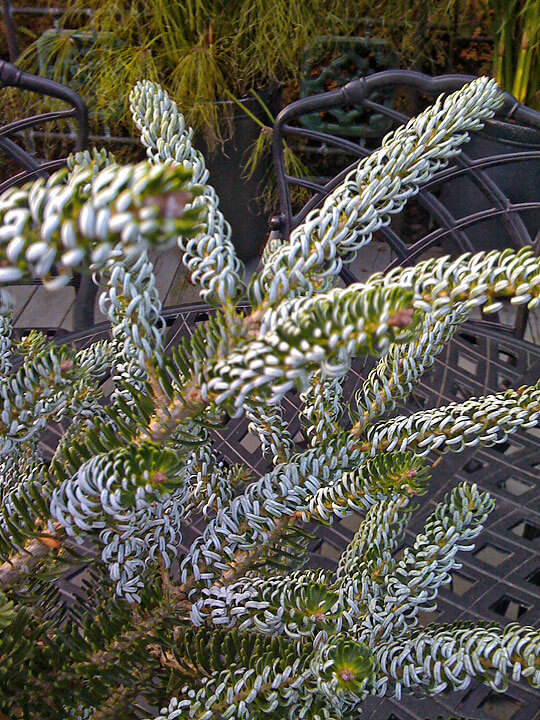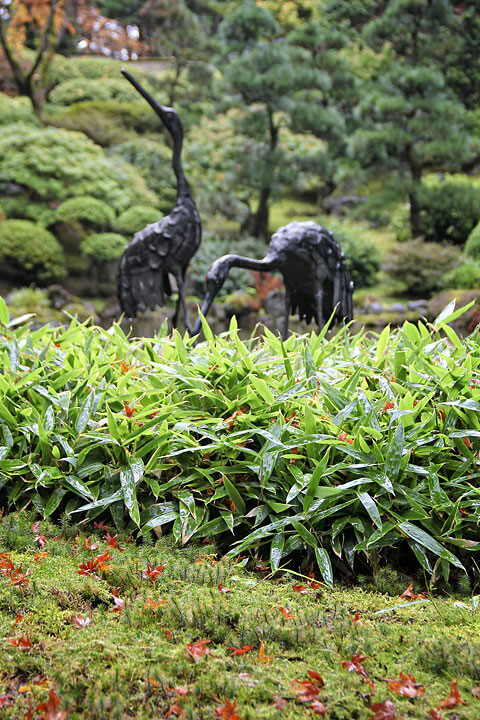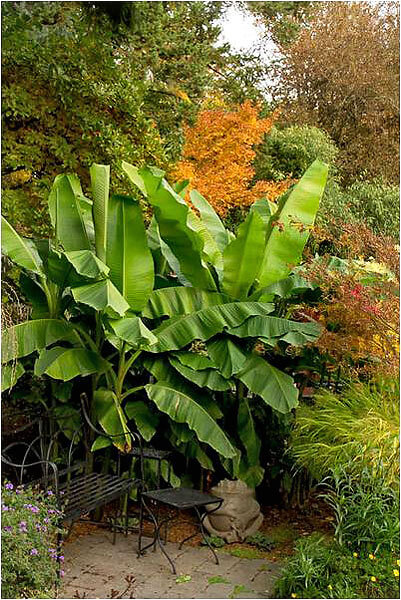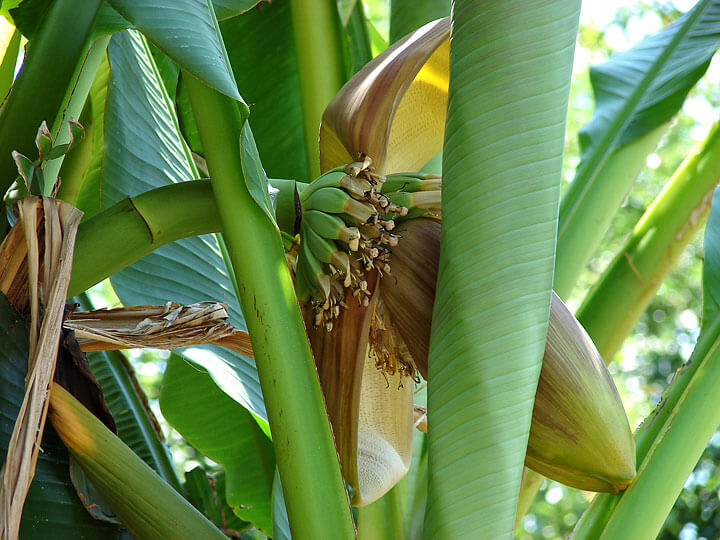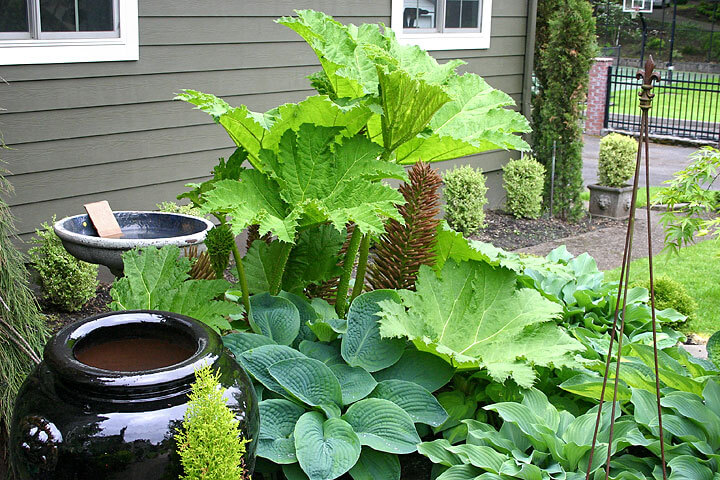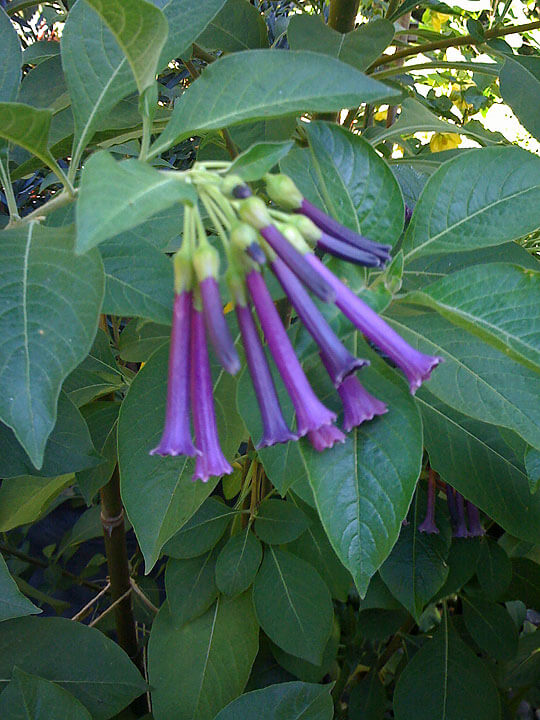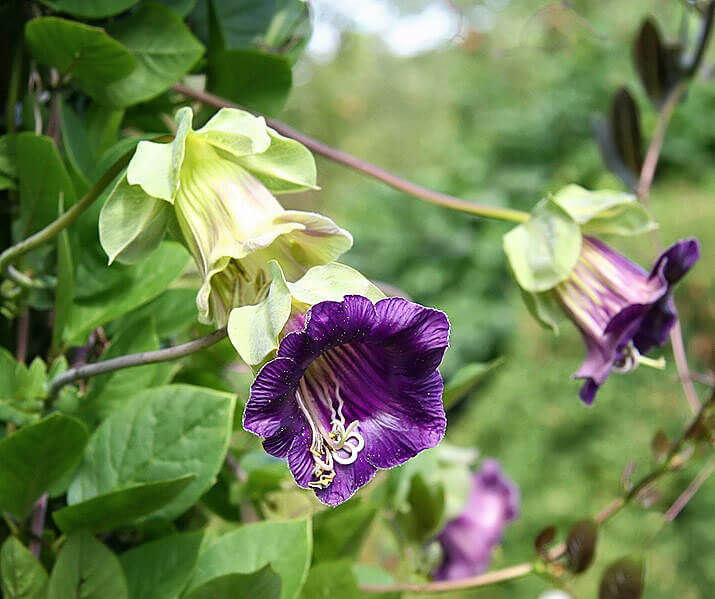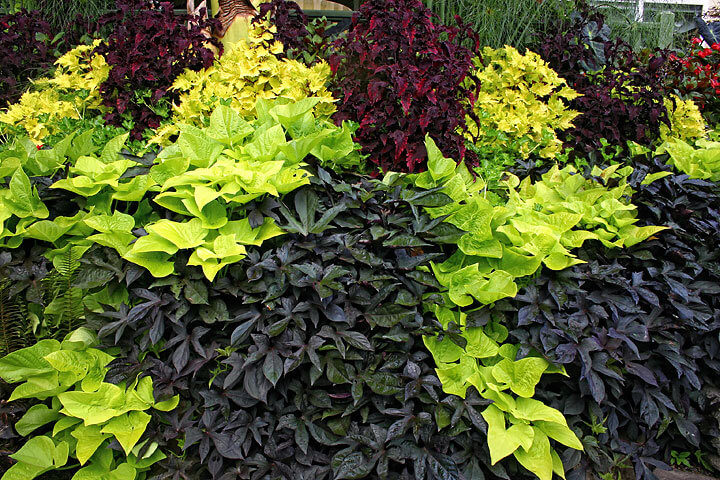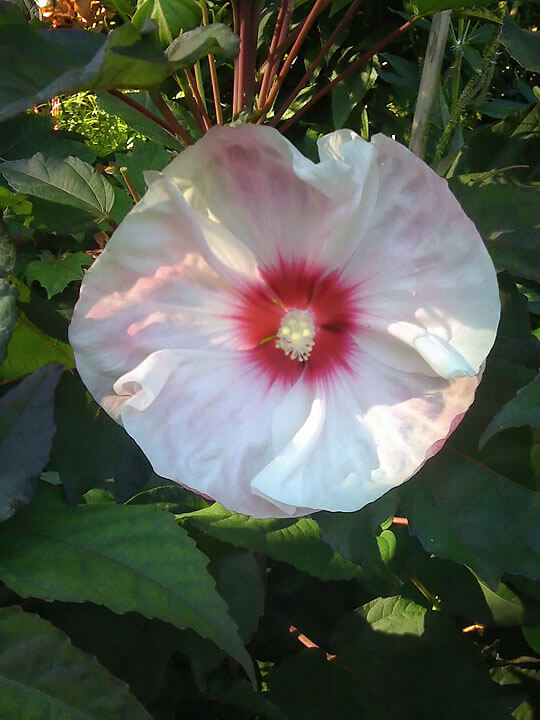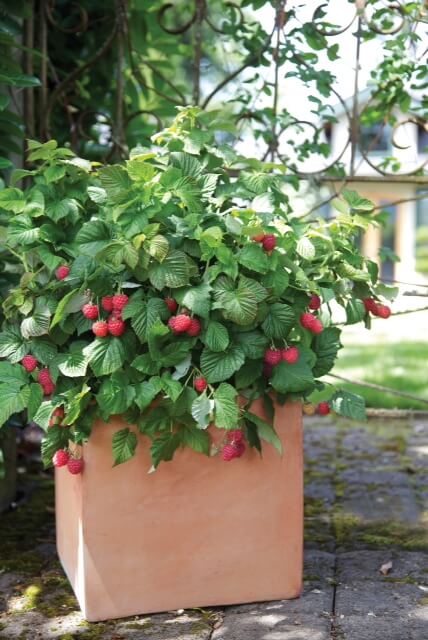
It is always fun visiting garden shows to see what plants for container gardening are new and which are being promoted by nurseries for the retail customer. Some plants are not really ‘new’ but are probably ‘new’ to a homeowner and perhaps have not been readily available in garden centers because of lack of adequate production. At the recent Yard, Garden & Patio Show in Portland, the BrazelBerries™ Series of berries caught my attention.
Berries for Containers
Who does not love picking a fresh raspberry in the summer and eating it directly from the plant? It is difficult to duplicate that flavor from a store-bought berry. Raspberries are one of my favorite berries and unfortunately in our garden, we do not have space or the sunny location that the plants traditionally require.
The good news for home gardeners is that a new series of berries has been developed targeted specifically for those with small space gardens or a deck or patio where containers can be used. This new container gardening-friendly series called Bushel and Berry® will be available in garden centers this spring season. The inaugural plant is a thornless dwarf raspberry called Raspberry Shortcake®. It is great for container gardening and requires no staking and has sturdy upright canes. An added bonus is that it has no thorns and produces raspberries in mid-summer.
Two other introductions in this series are compact blueberry plants, which would also be ideal for container gardening. Peach Sorbet™ has beautiful spring color in the new growth that ranges from pink to orange. In a mild winter, it will keep the leaves when the foliage turns purple, thus providing color year round. The second blueberry introduction is called Jelly Bean™ and is very dwarf, only reaching 1-2 ft in height. Both of these blueberries have the typical colorful blueberry new growth and flowers in spring. Even though these two blueberry plants are small in their growth habit, the fruit size is what we think of as normal blueberry.
For those gardeners wanting container plants that not only look good but can also supply edible berries, these are three ideal plants. I am personally a big fan of container gardening and have many containers throughout my garden. However, except for my variegated Meyer Lemon, I do not have any plants in containers that produce anything edible. That will change this year with the addition of BrazelBerries™ in some of my containers.
For Raspberry Shortcake™, I would suggest a large container whereas the Peach Sorbet™ and Jelly Bean™ blueberries could be in a smaller size. However, I have found it is best to have a larger size container than might actually be needed for the plant as plants in small containers tend to dry out quicker in the summer and a larger size will help alleviate this. Fill the pot with Black Gold Natural & Organic Potting Soil as it supplies not only earthworm castings but also perlite and pumice for aeration and good drainage, which these berries need. Mix some additional fertilizer formulated for fruit for best results. Your containers should be placed in a sunny location. Together with this combination of potting soil and fertilizer, your plants should thrive.
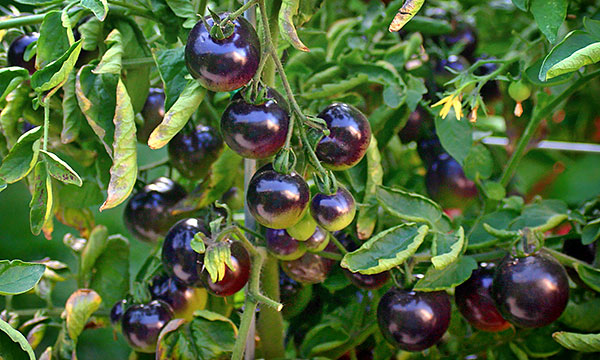
Tomatoes for Containers
This is also the time of year to be thinking of buying tomato seeds and making preparations for starting them indoors. A location near a sunny window is ideal and having a heat mat is also a benefit. Tomatoes are easy to start from seed and should be kept indoors until all danger of frost is over. The Oregon State University introduction ‘Indigo Rose’ was disappointing to some because of the late maturing fruits but for an ornamental plant in a container, it puts on quite a show in clusters of purple fruit. A healthful bonus is the high amount of anthocyanin occurring in the purple pigment.
It can be a rewarding project to start your own tomatoes from seed and it is quite easy. Begin with good quality seeds and sow in a tray of Black Gold Seedling Mix. This seedling mix has been formulated with a wetting agent to help with water penetration and the fine texture encourages high germination. Keep the mix moist until seeds germinate and when seedlings reach several inches in height, transplant to a small pot, 4-inch size is ideal, and use Black Gold Natural & Organic Potting Soil. This is 100% organic and OMRI (Organic Materials Review Institute) listed.
I like to ask listeners to my radio program which tomato performed the best for them and the winner this past year was from the former country of Czechoslovakia. The tomato is called ‘Stupice’. It is a cold-tolerant tomato and is ideal for our unpredictable spring weather here in the Pacific Northwest as well. It is good for both eating fresh as well as in salads. Harry Olson, a Salem, Oregon tomato grower, told me it was his first tomato to ripen in the spring then it continued producing fruit all summer and was the last tomato he picked in the fall.
Spring is coming, let’s get ready!
